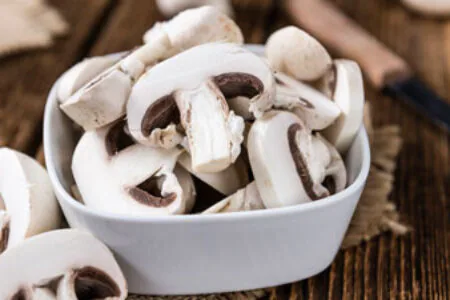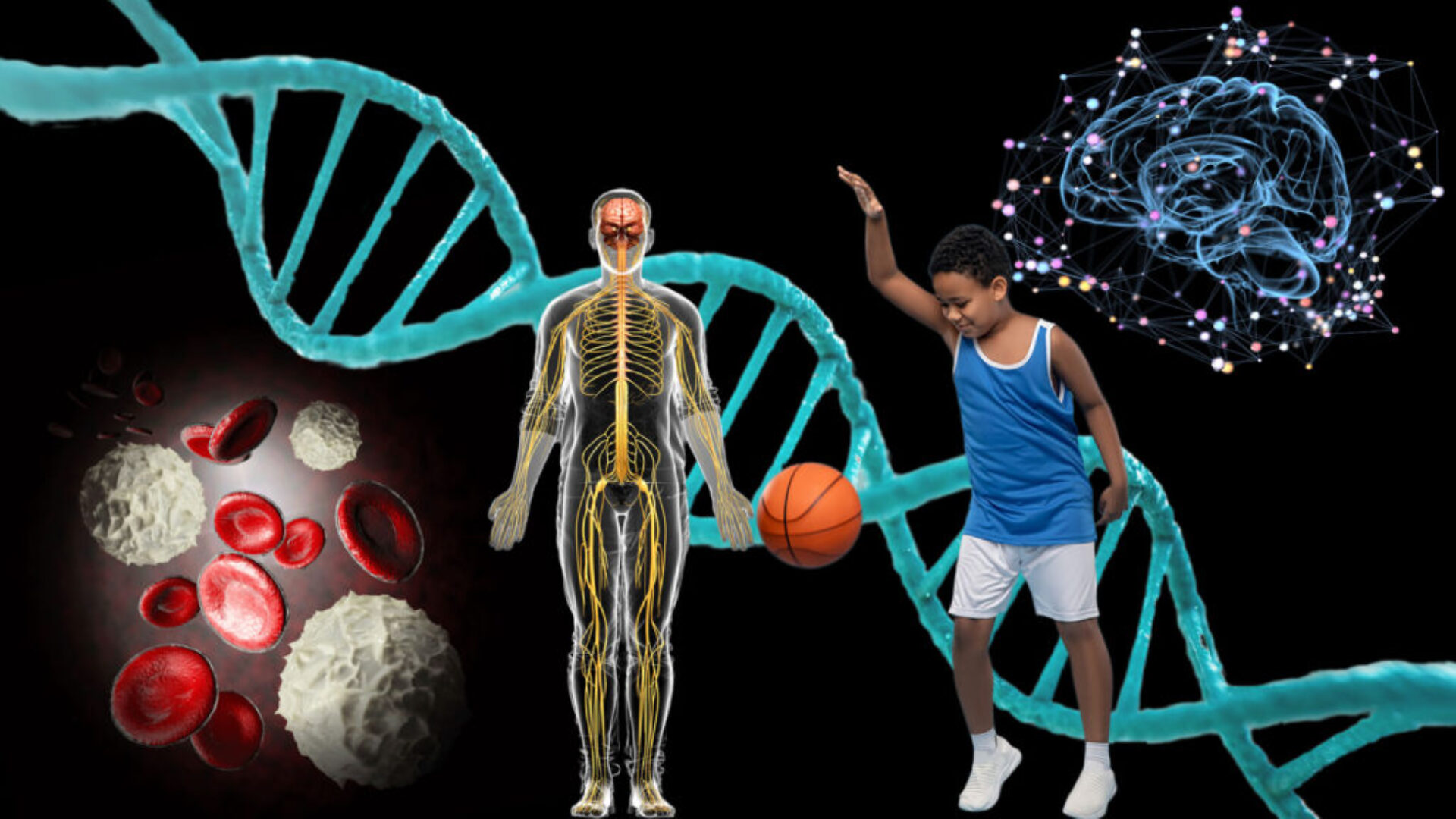
Copper is a mineral present in high amounts in a large variety of whole-food, plant-based sources. In fact, deficiency in adults is uncommon except for women during pregnancy and lactation, when they typically fall short by about 200 mcg. Some of the food groups with the highest amounts of copper include whole grains, legumes, nuts, seeds, and leafy greens. Vegetables like sweet potatoes and asparagus are also very rich.
We need this mineral for our brain development, for the formation of our neurotransmitters, and to maintain our nervous system. We also need it for gene activation, for our connective tissue, for our immune system, for energy production, and for the formation of melatonin in our hair and skin.
When it comes to copper, too much of a good thing is a bad thing. Getting high doses of copper through supplements can lead to cognitive decline and even Alzheimer’s disease if combined with saturated fats.
Top Whole-Food, Plant-Based Sources
Hover over each food below to see how much copper you can get with one serving. Click on each food’s picture to visit its interactive page with a personalized calculator of all the nutrition you can get from one serving, more information about how it supports our body, tips to choose and prepare it, interesting facts, and more!

Sweet Potatoes
1 c cooked = 44%

Cashews
1/4 c raw = 80%

Quinoa
1 c cooked = 39%

Chickpeas
1 c cooked = 64%

Sunflower Seeds
1/4 c dried kernels = 70%

White Mushrooms
1 c cooked = 87%

Soybeans
Mature 1 c cooked = 78% | Edameme 1 c = 59%

Shiitake Mushrooms
1 c cooked = 144%
Copper Personalized Calculator
See how much copper you and your family members need, according to the Dietary Guidelines for Americans, 2020-2025.
Terminology:
- Daily Value (DV): The recommended amount of nutrients to consume each day for individuals who are 4 years old or older.
- Recommended Daily Allowance (RDA): The recommended amount of nutrients to consume each day according to the individual’s age, gender, and whether a woman is pregnant or breastfeeding.
- Upper Intake Level (UL): The highest amount of nutrient intake that will not pose adverse health effects on most individuals.
How Our Body Uses Copper
Hover over each pointer below for more details on how our body uses this nutrient.
Important Things to Know
Comparison of Copper Sources
You may be wondering about other potential sources of copper, such as supplements and animal-based products. Below we make a quick and simple comparison between the three choices.
References







